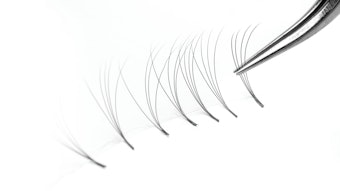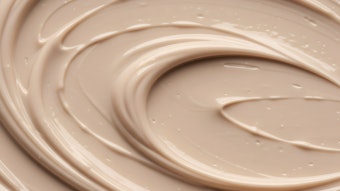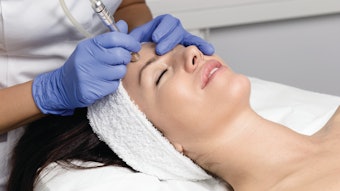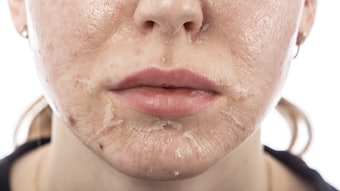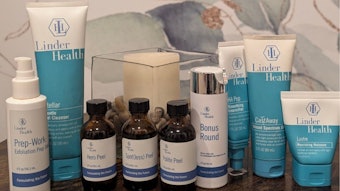
Chemical peels have been in use for over 3,500 years, from Cleopatra to today. Yet, during the centuries, some basics remain as evident today as in ancient Egypt. They have been designed to help remove dead skin and accelerate the skin’s natural rejuvenation process. It is true that skin peeling can enhance the skin’s appearance by improving the damage caused by sun, acne and aging. But, one must be careful, as it can also cause, in and of itself, material short and long-term damage.
It is surprising to note that men were the initial advocates of skin peeling and used animal oils, sour milk, salt, fruit acids and a myriad of other irritants all with the goal of obtaining a more youthful appearance.1 Deep peels were achieved, as people reportedly had to go into hiding for up to two weeks to recover.
Today, we have at our disposal several types of peeling agents, all designed to remove the upper part of the epidermis, enhancing regrowth of surface skin. However, unless one is careful, skin peeling can inflict material damage to one’s appearance. Deep, uncontrolled peels can lead to bacterial infections, cause hypo or hyper-pigmentation or leave you with scarring.
Related: Alpha Hydroxy Acid vs. Beta Hydroxy Acid
AHAs and BHAs
The hyper-keratinization of the skin is at the foundation of multiple skin conditions and disorders. The corneocyte intercellular connection is weakened by water, and further diminished by the use of retinoids and alpha hydroxy acids (AHAs). Interestingly, the lack of water or a vitamin A deficiency will increase corneocyte cohesion leading to a multitude of other skin disorders. So, it seems management and the correct use of chemicals on and for the skin is key to its homeostasis and healthy cellular turnover.
AHA’s history is rich, with Cleopatra famously bathing in milk. The lactic acid in the milk was the key to the result of a smoother, more luminous and hydrated appearance.2,3
Dr. Eugene Van Scott and Dr. Ruey Yu were honored with the discovery of the unique benefits of AHAs in 1974.4 It was through their research on inherently dry skin, that they found the scientific benefits of the use of AHAs.
Alpha hydroxy can be from citrus fruits (citric acid), sugar cane (glycolic acid), apples (malic acid), grapes (tartaric acid) or it can be synthesized as well. AHAs are also naturally occurring in our skin, like lactic acid, and contribute to hydration levels, as well as keeping the skin even looking in its tone.
Unlike AHAs, beta hydroxy acids (BHAs) are oil soluble. This helps them achieve slightly better penetration via the hair follicles and skin pores. Naturally occurring in our skin or derived from fruits or the bark of the willow tree, they can also be synthesized. MD-Health.com explains that BHAs are great for oilier skin types, which will benefit from their ability to break down the skin cohesion inside the oil-filled pores.
Generally, we can classify peels into the following categories: mild, medium and deep. The results will depend on the actual chosen chemical, the percentage used, the pH and the exposure time. The skin’s condition at the time of the peel will also largely dictate the effect of the peel, as well as how the skin was prepped for the procedure.
Continue reading about the history and basics of peels in our March Digital Magazine...
Candace Noonan is a master trainer and director of education for DermaConcepts. She hosts trainings on the science of products and ingredients. She holds certificates for internationally recognized programs such as Advanced Skin Analysis, Dermal Needling and Oncology Esthetics, and is a frequent public speaker at medical and skin care conferences throughout the U.S.
Rob Trow has published more than 100 articles on skin care science and practical business solutions. Trow frequently speaks about topics of interest at national and international meetings, as well as to medical spas, estheticians and physicians. He can be reached at [email protected].



